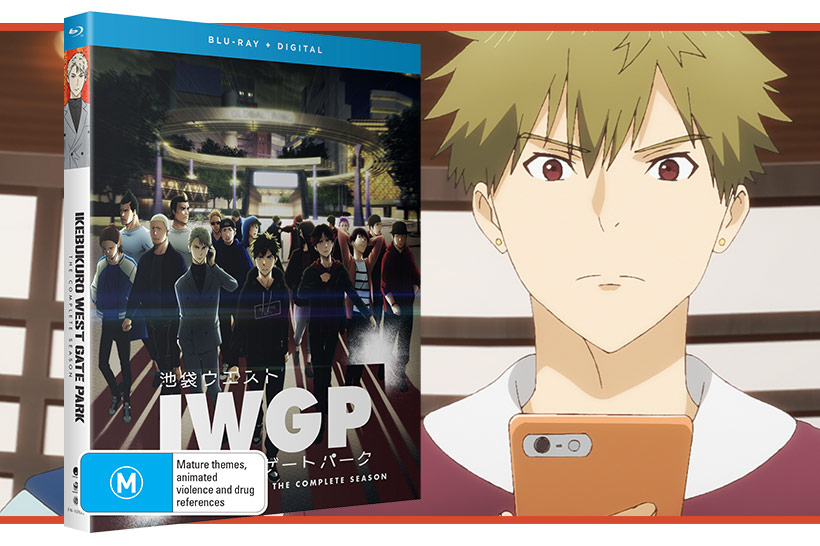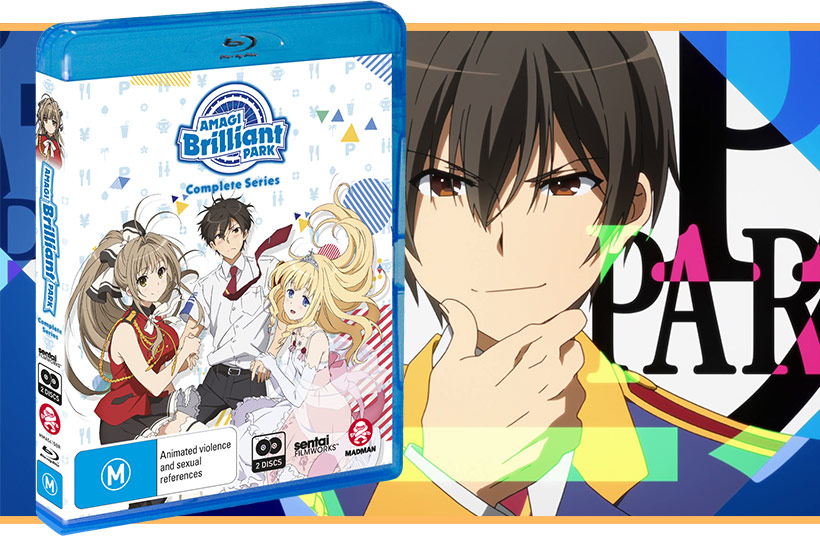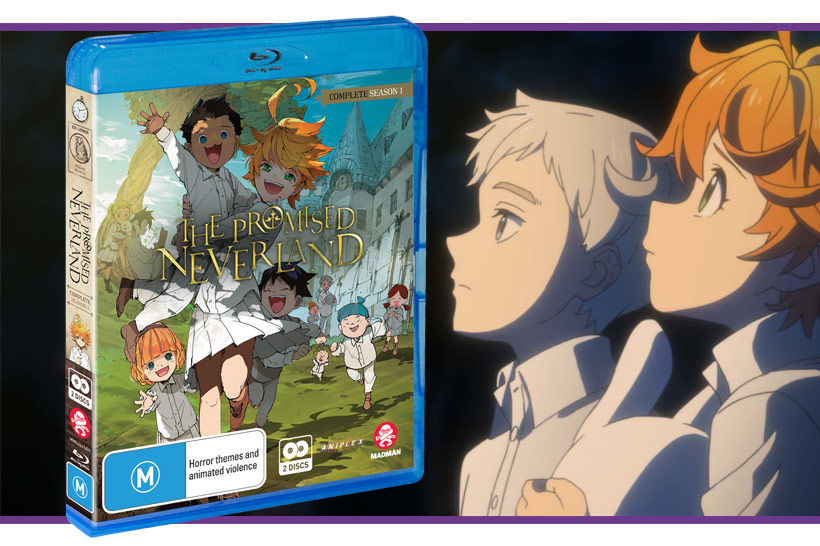Ikebukuro West Gate Park (or IWGP for short) promises a mash-up of edgy street crime drama amongst rivals youth gangs in Tokyo’s iconic Ikebukuro district with more bishounen characters than you can poke a stick at.
Ikebukuro West Gate Park is all about the underground street gang culture coalescing around the huge Ikebukuro train station in Tokyo. Rival gangs the G-Boys and the emerging Red Angels find themselves squaring off over territory and broader, shady crime syndicates in the area. Sitting amongst the various groups is Makoto Majima, a neutral party of sorts whose day job is helping out at his mother’s fruit and veg store, but whose after hours activities focus on solving the myriad of social and often criminal problems in the area, especially between the dominant youth gangs in the district. He’s often required to juggle staying within the law, poking around where the police don’t have access or utilising his relationships with both the Red Angels and the G-Boys to help those in need.
Ikebukuro West Gate Park is interesting in practice. The intro and music choices scream of a production that’s trying to be edgy and gritty, but the result is far from it – these would have to be the prettiest gangsters committed to digital film, especially the Red Angel’s leader Kyouichi, who performs contemporary dance routines in the park during the day then kicks people in the face when biffo is required.
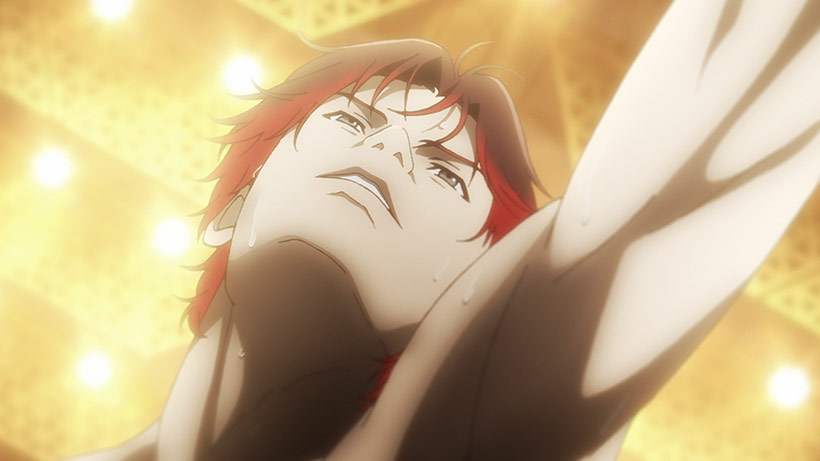
Yes, that’s actually a thing in this series. It’s rad.
The somewhat overly polished visuals, bishi cast and the series’ opening episodes where people are terribly offended at a herbalist store secretly selling weed and being connected to a hydro lab setup in a residential building came off a little… twee, I guess. Part of this may relate to the age of the source materials as Ikebukuro West Gate Park is based on a series of novels that started being published published over 20 years ago, and Japan’s incredibly tough stance on drugs (the kind of stance that sees seiyuu getting erased from video games), but at this early stage in the series it came off about as threatening as a highly-choreographed dance fight in a Hollywood musical.
But after giving the series a little time and cultural context we start to see some interesting subject matter being dealt with.
There’s commentary on the social and economic structures that create enormous physical and psychological distress on single parents and the flow-on effects on their children. The challenges and potential benefits from restorative justice for victims of crime, including bigger-picture thinking on the snowball effect from broader criminal matters that result in critical impacts to victims. Exploitation of foreign workers, both for low pay in the manufacturing sector and for use in Japan’s quasi-illegal sex industries, is tackled as well, reflecting real-world issues Japan continues to grapple with. The social issues around foreign workers also happen to fall against the backdrop of well-meaning community groups burdened by racism clashing with their more socially progressive counterparts on the topic. At a stretch, you may even be able to posit that Ikebukuro West Gate Park even offers up a mirror of sorts debating the realities of foreign-direct investment (FDI) within and without Japan and the local flow-on impacts on social cohesion.
The incidents generally flow through to Makoto as the middleman between people in need of help, the youth gangs in Ikebukuro, the police and the antagonistic players who often trigger the conflict. This often puts him into conflict with the various parties in the mix which makes it interesting to watch as he tries to navigate his way to a solution.
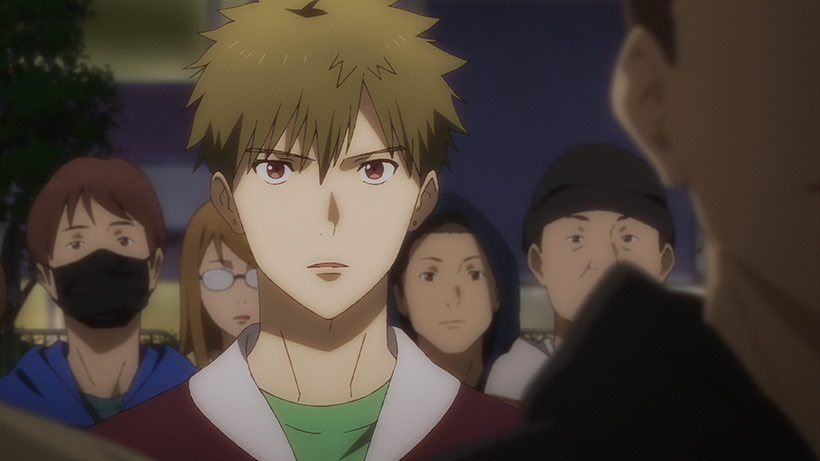
The series closes up on the back of building tension between the Red Angels and the G-Boys, demonstrating (if somewhat simplistically) how ego and power become unstable motivators amidst a fire orchestrated by external forces.
My initial interest in the show was triggered by its geographical setting – I had a great time exploring Ikebukuro when I was last in Japan back in 2018, so the prospect of walking the streets in anime form with a potentially hyperbolic interpretation of youth gang culture seemed a worthwhile exercise. While the outcome from the journey isn’t something that will re-frame your perception of anime, there is more to this series than you’d glean at first glance, particularly if you have an understanding of the series’ cultural context.
The local Blu-Ray release of Ikebukuro West Gate Park is effective if utilitarian. Encoding is solid, the release is bilingual, extras do the job with a full array of promos and creditless ops and eds. My only criticism as that I’m still not a fan of Funimation’s visual English localisation on the ops/eds and would rather they have remained in Japanese.
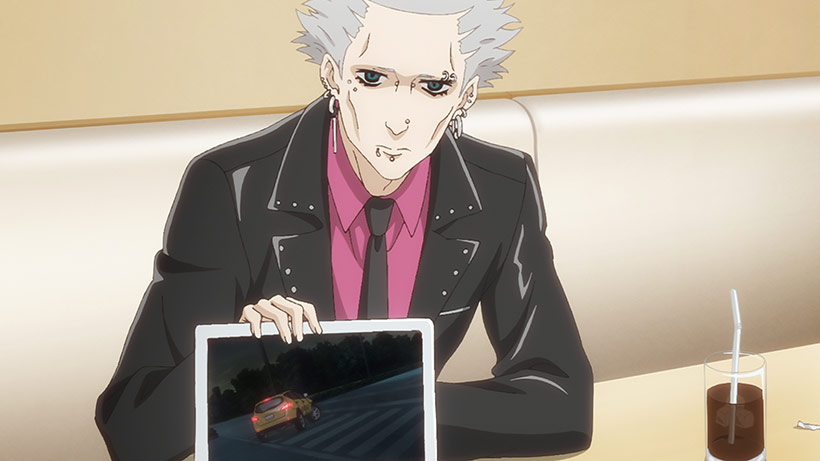
Ikebukuro West Gate Park is certainly ambitious, and while it doesn’t necessarily score a perfect landing with each leap, it deserves kudos for exploring these themes in a contemporary anime production. This local release does the job it needs to – no frills, but nonetheless a solid presentation. If a bit of crime drama tickles your fancy, or if you’re a fan of shows like Cop Craft or Durarara (the latter of which was actually inspired by the original series of novels this anime is adapted from), this might be right up your alley.
A review copy was provided by Madman Entertainment to the author for the purpose of this review.

